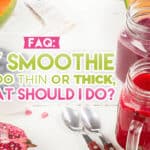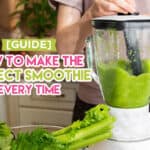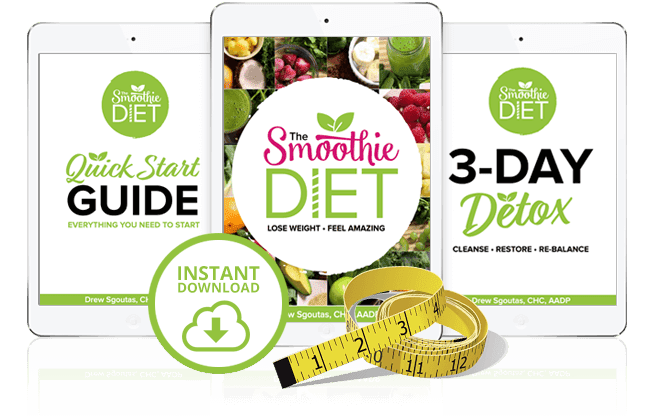Smoothie FAQ: Can Frozen Fruit Break Your Blender?
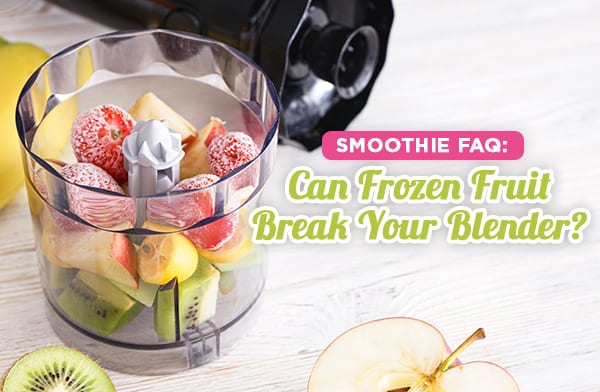
If you’ve ever made a smoothie using frozen strawberries or another frozen fruit, you’ve probably heard the ungodly racket it can make as those little bouncy balls of ice clatter everywhere. You’ve probably even worried about whether or not you’re safe to use them. What if they’re too hard, and they crack your blender jar or break a blade? Is it dangerous to even try?
There’s probably more detail to this discussion than you expected when you asked. In fact, it’s a lot more complicated than a simple yes or no question. Luckily, I’m something of a smoothie expert, and I have plenty to say on the subject. Want to know more than you ever thought possible about frozen fruit and smoothies? Let’s dig in.
Is Frozen Fruit Too Hard for a Blender?
The answer to this one is a solid “maybe.” In fact, it all depends on your blender.
Maybe you remember a number of years ago, back in 2006. There was a series of popular YouTube videos called Will It Blend?, where a representative using a Blend-Tec blender would put just about anything into a blender to see if it would blend. It was an early example of viral marketing. It also is still going, off and on, with the latest video posted just last year.
The reason I bring this up is that it showcases a very powerful blender that is capable of chopping through just about anything.
Now, this doesn’t mean the blender isn’t at risk or damaged by doing it. Maybe you can put a brick in a blender and grind it into powder, but how many times can you do that before the blades give way, the motor burns out, or the pitcher cracks? You don’t get to see the behind-the-scenes damage those rock-hard, well, rocks, might do to the blender.
Also, of course, this is an advertisement for one company and one blender. Other companies and other blenders can break or burn out with much less resistance. I’ve seen some cheap store-brand blenders struggle to get through ice cream! The quality of the machine really matters.
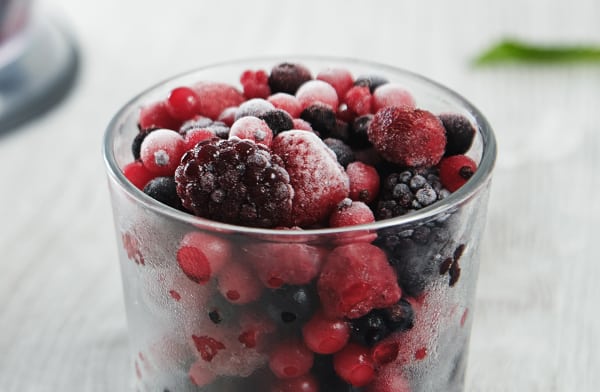
The short version, of course, is simple: a sufficiently powerful blender, designed to blend frozen foods and crush ice, can handle frozen fruit just fine. It may burn out eventually, but that’s going to be the case with any motor-powered device, no matter what it is or how carefully you use it. Mechanisms age and wear out, and there’s no way to prevent it.
On the other hand, if you have an underpowered device, frozen fruit can burn it out in just a few uses. Particularly cheap blenders might not even last a month!
Is Frozen Fruit Worse than Ice?
In this case, the answer might surprise you. After all, frozen fruits are mostly made of water themselves, so they’re kind of just ice in a different form, right?
Well, the truth is, ice and frozen fruits have very different properties.
Ice tends to break, crack, and fracture when struck. It can shatter like glass, even. Meanwhile, you don’t see frozen fruits shattering or cracking in the same way.
The reason is because of the other ingredients in the fruit, most notably fiber. Fiber is, well, fibrous, which means it has strands of carbohydrates all throughout it. These strands give the frozen material strength.
In fact, this is the same mechanism behind Pykrete, a composite material made out of wood pulp, sawdust, or even newspapers and ice. The material you end up with is much stronger than ice alone.
This is why you can safely add ice to a smoothie to blend up, but you might want to think twice before adding frozen fruit. Now, I’m not saying that frozen fruit is going to be as hard as concrete (it won’t), but it’s still going to be a little harder than ice if they’re both at the same temperature.
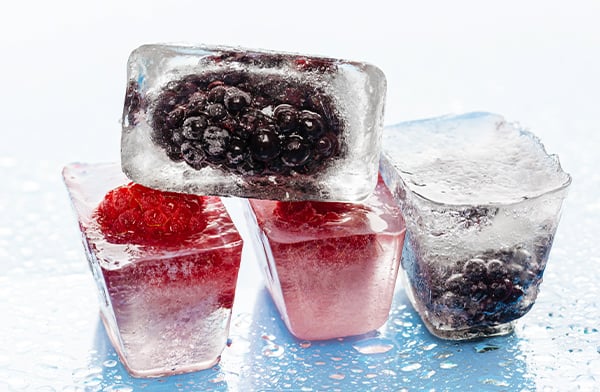
Many people say that you shouldn’t put ice in a blender either, because even if it’s easier to break and blend, it’s still hard and can damage your blender. I personally don’t recommend ice in my smoothie recipes just because there are better things you can add that don’t water down your smoothie.
Some blenders have a “crush” feature to them, meant specifically to crush up ice. These are designed to handle ice, and thus, ice is safe for them. I still wouldn’t recommend putting frozen fruit in them, but at least you know they’ll be more resilient to potential damage.
What Kind of Damage Could Frozen Fruit Do?
There are a lot of different ways a blender can break, and frozen fruit can be responsible for all of them.
The blades can break. Blender blades are usually hardened steel, so they can hold an edge and not need sharpening while you use them. They’re typically the last piece of a blender to break. At the same time, though, they’re spinning at high speeds. When they encounter something rock-hard like frozen fruit, the impact can be intense.
Normally, that impact either breaks or cuts through the fruit or sends it flying up into the mix and lets other stuff fall into its place. Sometimes, though, the fruit can get lodged against other bits and put much more pressure on the blades, until something gives. Most of the time, it’s the fruit. Sometimes, it’s the blade.
And no, you shouldn’t fish out a broken piece of blade and still drink your smoothie. You never know how many little shards of metal are in there, any one of which could do untold damage to your digestive system. Just toss it all if that happens.
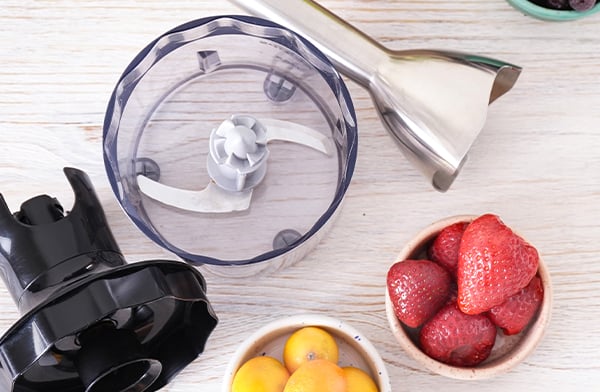
The pitcher can crack. Blender pitchers are made out of a variety of different materials, but they’re usually either some kind of tempered glass or plastic. Both of these materials can crack, and can even shatter in some instances.
Generally, there are three things that damage a blender’s pitcher.
- Time. Particularly for plastic, it will get more brittle as it gets older and will accumulate stress and damage.
- Force. Pressure and shock can crack these materials, and repeated impact from frozen fruits can cause it over time.
- Thermal shock. This is typically more of an issue with very hot materials rather than very cold, but going from one to the other rapidly can put stress on the pitcher.
Pitchers can crack, but they can also shatter catastrophically, and that’s a massive problem. Thankfully, it’s quite rare, but it can still happen in extreme circumstances.
The motor can burn out. Even if your blender is strong enough to power through frozen fruit, over time, it will wear out. Gears wear down, motors lose power, and eventually, it won’t be able to break through those hard chunks of fruit anymore. It might even just break to the point where the blades no longer spin at all. The quality of the machine you buy will extend the life of the motor, but eventually, it will wear out.
How Can I Prevent Frozen Fruit from Damaging My Blender?
Generally, you have three choices to prevent frozen fruit from damaging your blender.
The first choice is to not use frozen fruit at all. There are plenty of other things that can damage a blender (like hard nuts, dried fruits, or whole spices), but frozen fruits are typically one of the prime offenders. Use fresh fruits in your smoothies, and if you want them to be colder, use ice or keep all of your ingredients in the fridge.
The downside to this option is that it limits the fruits you can use in your smoothies. If you can’t find the fruit fresh, you’re stuck using canned fruits, and as we all know, those are way worse for your health because of all of the added sugar and preservatives in them.
The second choice is to thaw your fruits before you use them. Letting your ingredients (like a freezer pack) thaw in the fridge overnight before blending in the morning is a good way to preserve your ingredients right up until you need them.
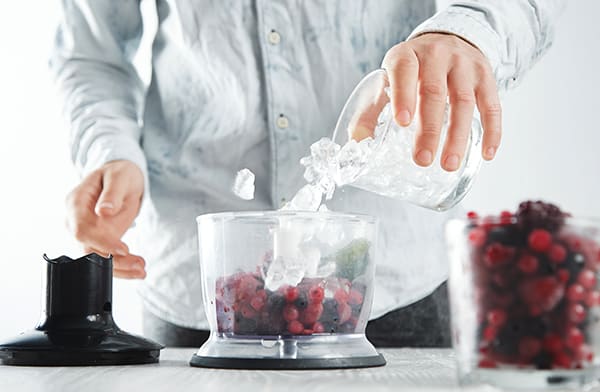
The trouble with this is largely textural. Frozen fruits release a lot of water when they’re thawed, because the cells that held the water burst when the water expands while frozen. You’ll lose out on the crisp, clean textures and end up with mush as often as not. While you won’t necessarily notice that in a smoothie, the added “free” liquid might make your smoothie a little thinner than you want. You can always change things up and adjust the texture of your smoothies, but it will take some dialing in.
The third choice is to partially thaw your fruit. This is the one I recommend. Basically, just pull your fruit out of the freezer for 20 minutes or so before using it to let it soften up but not completely thaw. This way, the fruit is softer and easier to blend, and isn’t strong and solid enough to damage the blender.
The only potential downside to this is that your ingredients are slightly warmer, but your smoothie will still be plenty cold enough to enjoy.
What Else is Risky to a Blender?
Frozen fruit and ice aren’t the only things you should probably avoid putting in a blender.
Very hot liquids, like soups, are dangerous in a blender, primarily due to the pressure that builds up in a sealed environment. Your soup can explode out of the pitcher, which can make a mess and even risk scalding you. The thermal shock of a room temperature pitcher plus very hot soup (plus, maybe, cold water when you clean it) can shatter it, too.
Raw foods that are high in fiber, like cruciferous vegetables, can get stringy in a blender, but they aren’t likely to break it. The same goes for things like coffee beans; you can grind them in a blender, but it’s not going to be very effective, and it may be difficult to clean later. Neither will damage a blender, though.
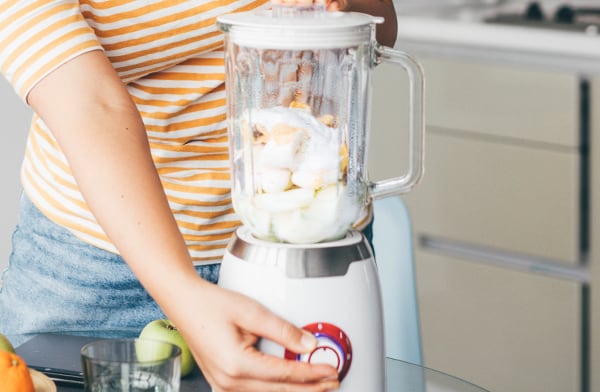
Whole nuts aren’t likely to break a blender, but they can dull the blades, making it more difficult to blend other food items in the future.
Really, the biggest risk to a blender is just trying to force it to blend something it’s not powerful enough to handle. A good, top-of-the-line blender can handle just about anything, so you shouldn’t be at risk when using one.
What Blenders do You Recommend?
The blender you buy matters, but I’m not selling blenders, so I don’t have any particular attachment to a specific brand or model. I will say that, when looking for a blender, you should look for specific features.
- At least a 500-watt motor. Anything less is going to be underpowered for even chilled foods or thick smoothies.
- A glass pitcher. Plastic tends to be less durable and can stain or pick up odors over time. Stainless steel is rare and even more durable than glass, but you lose visibility to see how blended your smoothie is.
- Steel gears and other parts. Many cheaper blenders use plastic gearing, which wears out a lot faster than metal.
That said, I do have a few recommendations, including the Vitamix 5200, the BlendTec Total Blender, and NutriBullet RX. You can read more about my impressions of those in the blender section of the Smoothie Diet.
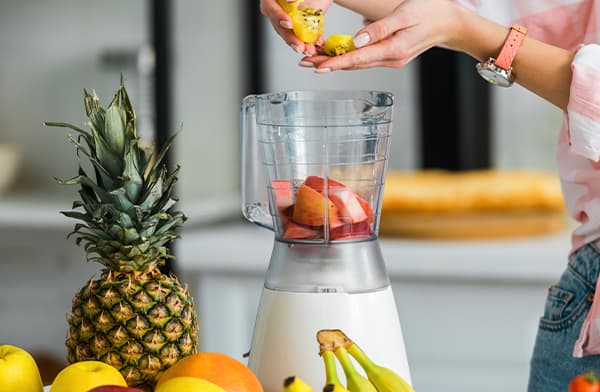
You don’t need to break the bank to get a good blender. Plenty of options out there only cost a couple hundred dollars and can often be found on sale. As long as the mechanism is solid, the motor is strong enough, and the capacity is right for the smoothies you’re trying to make, you’re good to go.
Now that you’re properly prepared, all you need are a few good recipe ideas. That’s where the Smoothie Diet comes in. I have plenty of recipe ideas, complete with shopping lists and substitutions. No matter what you want to get out of your smoothies, I have plenty of tips and information for you there.

